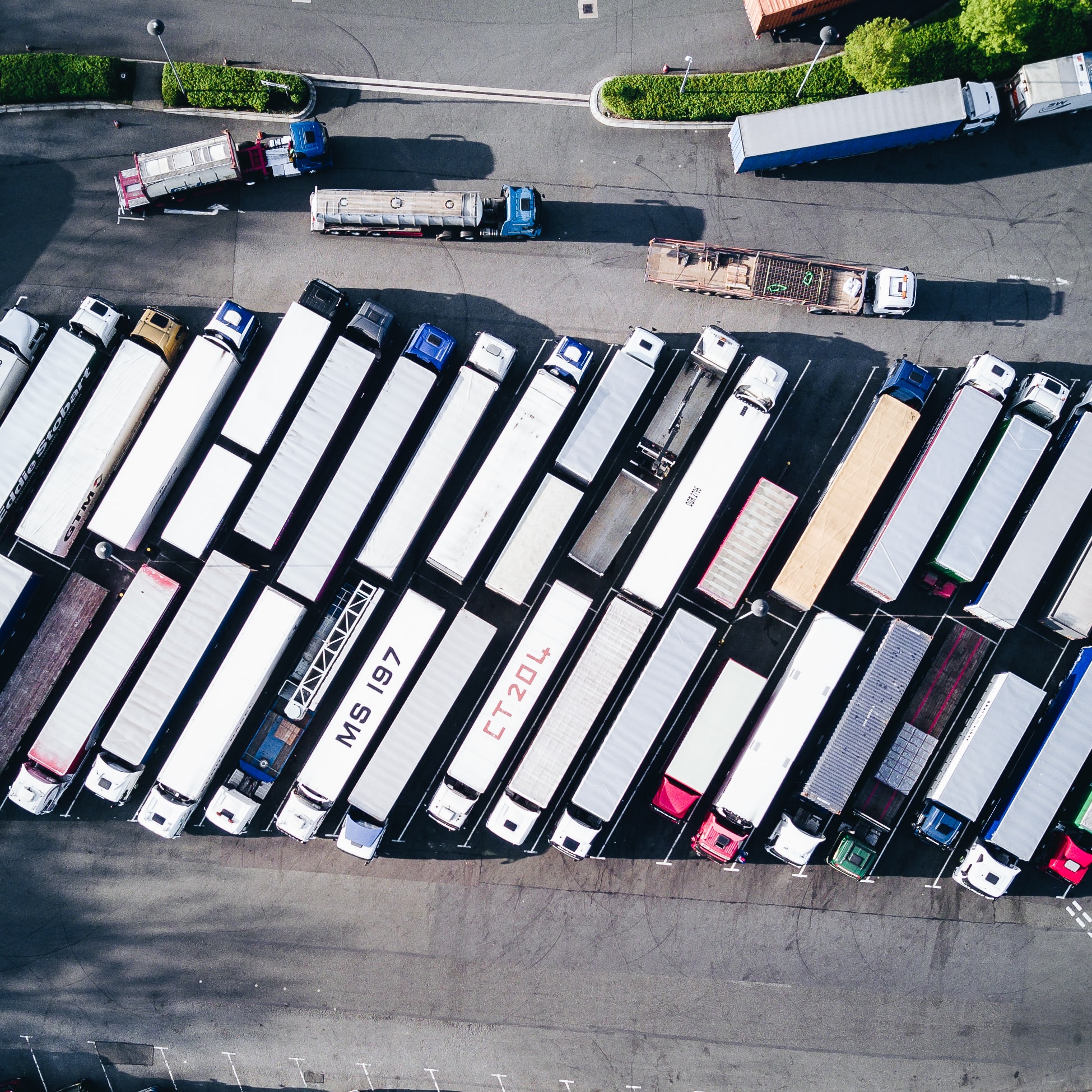Maintaining the vehicle fleet is essential for any logistics services company, as it avoids unforeseen costs and safety risks, as well as maximising profits. Once carried out, the company will have vehicles in the best condition and ready to meet the full demand, thus increasing its profitability. In addition, the vehicles will not only be in good condition, but will also comply with all quality standards and safety inspections.
It is for all these reasons, and for more reasons that we will see below, that investing in vehicle fleet maintenance is key. In this blog post, we’ll tell you everything you need to know about fleet maintenance, why it’s important to do it, and what are the different ways to do it.
Why is fleet maintenance important?
Every vehicle needs periodic maintenance to ensure its proper functioning, and to increase its useful life. As mentioned above, doing it effectively is essential to reduce fleet downtime, to reduce costs, to comply with regulations and to remain competitive.
Vehicle fleet maintenance is always a high cost for a transport company. However, it should not be neglected, as it will prevent future expenses that could be much higher. For all these reasons, it is an investment that guarantees the company’s competitiveness and future economic benefits. At the same time, having the entire fleet available to cover the existing demand avoids work overloads due to delays or vehicle breakdowns.
Efficient plan and maintenance management software
A very important thing to know is that all maintenance involves vehicle downtime. The key is to minimise this time through an effective plan, which helps to optimise processes as much as possible. To carry out such a plan, it is necessary to set objectives to be followed, to establish which personnel will be committed, and to automate the processes. And for everything to go according to plan, it is best to anticipate any unforeseen events, as well as having the necessary parts and people to carry out the work efficiently.
In this sense, in addition to having an effective plan, getting a vehicle fleet management software can be of great help to manage times, keep control, and measure results. In addition, it allows you to manage fleet maintenance on a large scale, which is extremely useful. Against this backdrop, choosing the right software for the company will be critical for both the company and the drivers, and will help the sustainability and profitability of the business in the long term.
The different types of maintenance
There are different types of fleet maintenance, and each transport company must choose the right one according to its particular characteristics and needs. In order for you to know which type of maintenance is best suited to your company, we will tell you below what are the different options available and what are their advantages.
Preventive
Preventive maintenance aims to anticipate possible vehicle breakdowns and avoid much more expensive future costs. It is a periodic maintenance, which is carried out after a certain period of time or a set distance travelled.
It can be carried out internally or through a third party, but what is convenient for this maintenance is to follow the indications of the manufacturers of the different parts of the car. A good alternative is to have software that warns when maintenance is required. In this way, it is possible to keep track of the vehicles and facilitate traffic management.
Some components that are checked in this type of maintenance are the engine oil and filter, everything related to brakes, rims and tyres, headlights, balancing and alignment, electrical system, battery, safety systems, bodywork, suspension and steering systems.
We can conclude that the main advantage of this type of maintenance is that it prolongs the life of the vehicle and allows us to avoid future costs.
Corrective
Corrective maintenance is only for the purpose of repairing defects. In other words, it does not anticipate possible future expenses, and does not avoid the risks of vehicle deterioration. In this way, there is a short-term saving, as there is no investment in regular monitoring of the condition of the vehicles, and they are not kept idle. This is the main advantage. However, this type of maintenance ends up being more costly, since when one component breaks down it often affects others, and this can lead to further damage or a future accident.
Predictive
Predictive maintenance seeks to predict the need to change vehicle parts before they are damaged. This requires special technology that can reliably make this prediction. This can be a disadvantage, due to the cost and complexity involved in implementing this type of technology, but, nevertheless, predictive maintenance is shown to be the most effective, as it allows the vehicle to be active for as long as possible.
As we have explained, the maintenance of a fleet of vehicles helps to prevent possible accidents that can waste time and money. If you have any doubts or need advice, do not hesitate to contact us.
Tradisa is an integrated logistics operator in Europe, for the automotive and petroleum products sectors and for other synergic sectors such as consumer electronics. A human group that generates creative and innovative solutions, because the creation of value in harmony and balance is its way of life.


